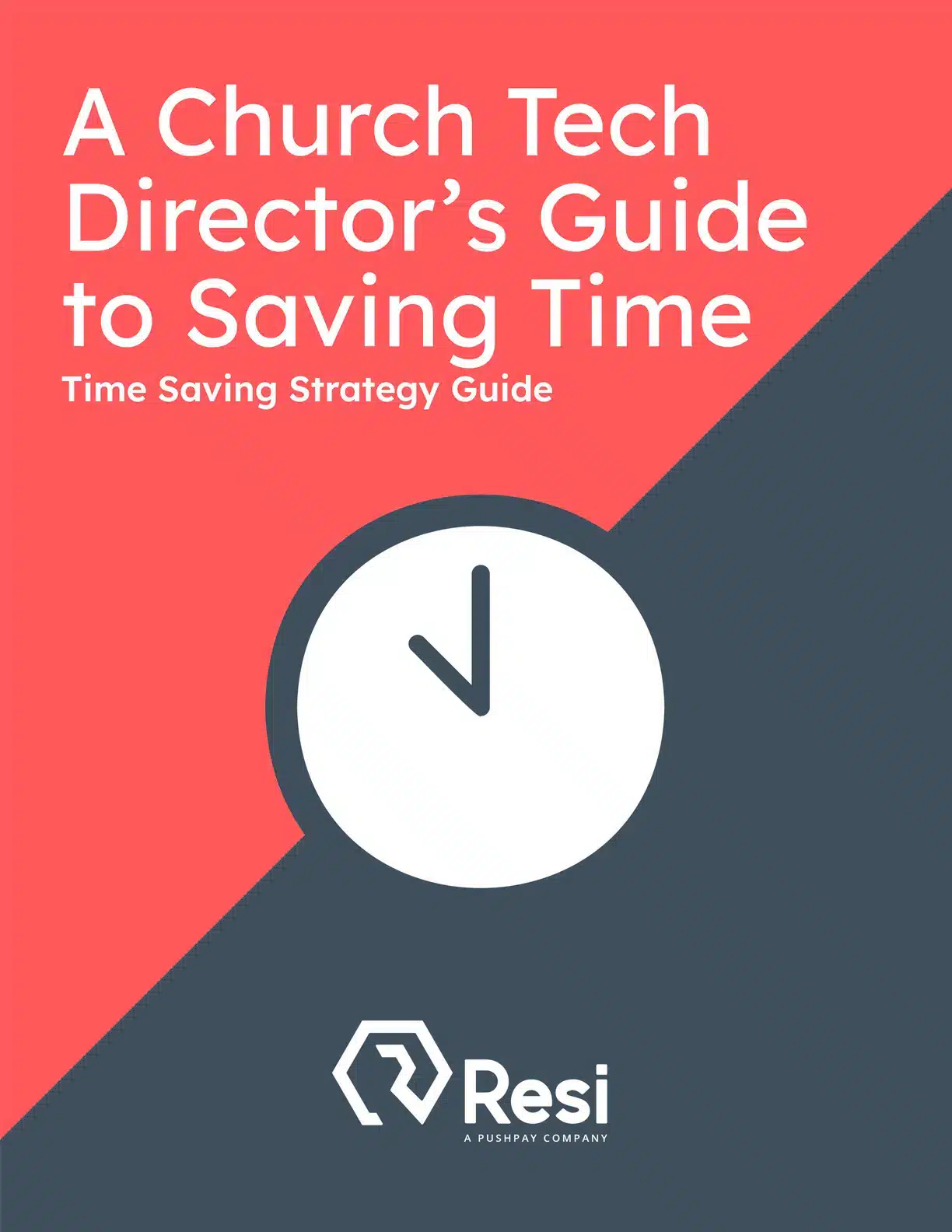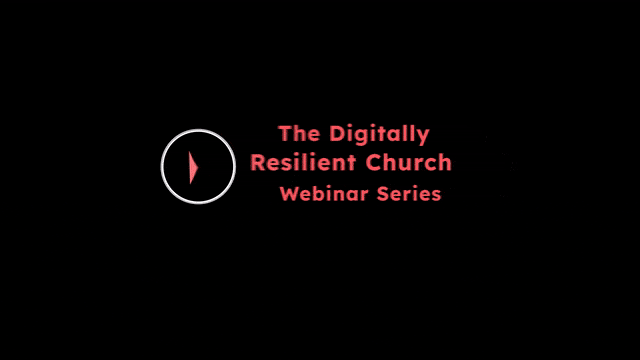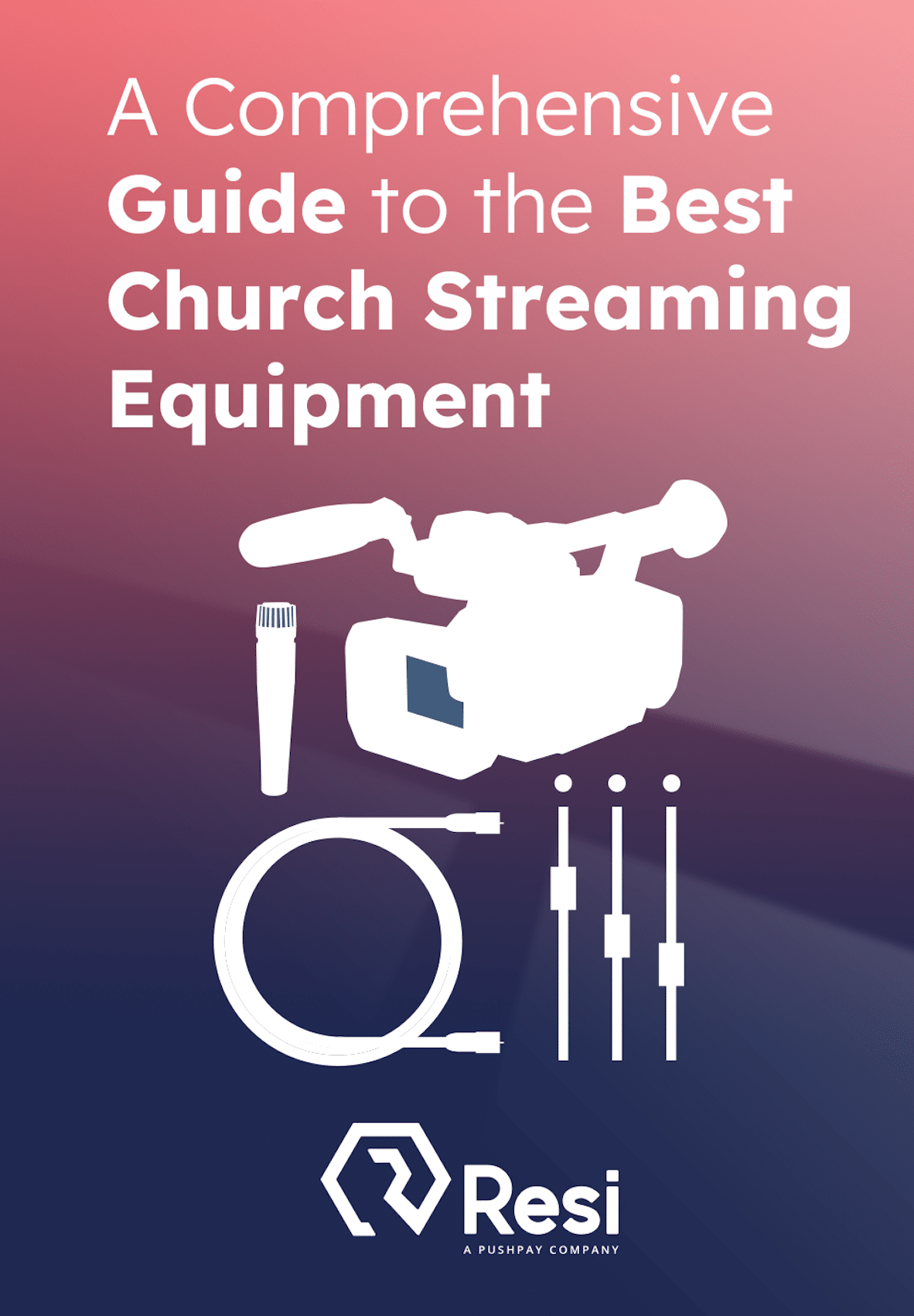
It’s uncommon to stumble upon a church that doesn’t provide an online avenue for engaging with its services. Once churches embraced livestream technology, the next question arose naturally: “Where should we broadcast our church services?” To which most churches replied, “Everywhere.”
In marketing terms, this concept is called an “omni-channel strategy.” You’re taking a communication asset and getting it out in front of as many eyes as possible, literally broadcasting it on all channels.
The omni-channel livestreaming strategy almost feels Biblical. In Mark 4, Jesus tells the story of the farmer who scatters seed, throwing the seed broadly. Some seed falls on rocky trails or thorny bushes. Most of the seed dies. Some of the seed, though, falls on fertile soil and grows. The parallel here is that we throw the “seed” (online services or sermons) online as broadly as possible and see what God does.
So, throw that church service on YouTube or Facebook. Cut it into short clips to get it on Instagram and X. Can we stream on Twitch or LinkedIn? Why not? Let’s get our services in as many different places as possible and see what God can do with scattered seed.
But is this really the right approach?
The generational stratification of social media platforms is one of those trends that’s hard to ignore—though many churches do. How many GenZ or Alphas do you see on Facebook these days? Any Baby Boomers on TikTok? But even beyond that, we’ve seen platforms built to target very specific demographic characteristics: LinkedIn, for example, targeting the corporate/workforce. Another example is Twitch, which effectively connects the gaming culture.
Best Livestreaming Equipment
Discover what top-rated equipment we recommend adding to your church streaming toolkit.
Download for free!
Therefore, while the omni-channel livestreaming strategy may appear effective, it may not be reaching as many people as you’d hope. Why? Because each channel has its own unique audience and engagement expectations—so broadly “scattering” your church’s content without taking those into account may actually be backfiring.
Why churches are livestreaming
Let’s back up. Before asking, “Where should we stream?,” the first question churches should ask is “Why are we streaming?”
Most churches fit somewhere into one of these three categories:
#1: Streaming Church Services as a Front Door
Churches that are using online services as a front door recognize the majority of visitors to your church will visit the church service online at least four times before they come inside your building. Using online services is a way to give outsiders an inside view of the church. It gives potential audiences a safe space to explore and see if they culturally fit within the church structure.
#2: Streaming Church Services as a Side Door
Churches using online services as a side door recognize that no one goes to church physically four times a month anymore. Offering the church service online allows people committed to your church an opportunity to stay engaged even if they’re not physically in the building.
#3: Streaming Church Services as a Digital Door
Churches that are using online services as a digital door recognize they can reach people digitally that aren’t ready or able to come inside the physical church door. Maybe we’re talking about homebound people who can’t leave due to medical issues, or we’re talking about de-churched or unchurched people who have a negative connotation of the church and won’t go inside the building due to lack of trust. Or, maybe these people are outside of the physical reach of the church building, but connect to the message of the church.
Reaching Everyone Reaches No One
Think about this. The spiritual needs of a front-door person are often completely different than a side-door person, although your goals for them align: Get them to the building! Digital-door people are completely different, as they’re looking for more than just community digitally, they’re looking for discipleship (which is a whole other conversation).
Now let’s add in demographics. Let’s take a stereotypical member of the Baby boomer, Gen X, Millennial, Gen Z, and Alpha generations. Now preach an impactful sermon that will resonate with all of them. Probably not going to happen. Yes, through God, all things are possible. But strategically, the idea that we can reach everyone with a message, physically, is becoming less and less effective. Digitally, it’s almost impossible.
As social media platforms like Facebook, Instagram, and TikTok become more targeted and generationally stratified, the strategy behind an omni-channel approach loses effectiveness. It’s not about reaching everyone as much as it’s reaching someone. This sounds counterintuitive, but targeting a smaller niche or group is more likely to help your church effectively reach more people digitally.
Just Because Social Media Is The Easy Answer Doesn’t Make It The Right One
“But it’s so easy to broadcast online! What does it hurt? We have thousands of viewers from all over the world!”
We have to realize that in many ways these platforms are working against us. Facebook, for example, really doesn’t want viewers to watch a single video over 10 minutes. Historically, they’ve put pop-up ads to distract viewers from watching longform videos. Many of the Facebook views we see are vanity metrics: people who watch around three seconds before they swipe and move on.
It’s not all hate on the YouTube front: actually, everyone loves YouTube! Check out the stats from Pew Research. Over sixty percent of Boomers use YouTube, with GenZ and Millennials roughly in the 95%. The platform that “everyone” engages in? YouTube is the answer.
Ironically, out of all the platforms mentioned, YouTube perhaps has the simplest feature set – essentially a basic web video player with limited chat functions. Nonetheless, it remains widely popular across all age groups. It’s not about guaranteeing your content will resonate with people aged 18 to 65 and beyond; rather, it’s recognizing that YouTube stands out as the go-to platform for the masses. Crafting a digital strategy centered on YouTube is wise, but tailor your content to specific target audiences for optimal impact. However, broadcasting broadly on YouTube still falls short in effectiveness.
Your Strategy: Own Your Online Property, Shorts are Your Friend, and Learn to Aim
What does all of this mean? For starters, you need to set up your online content strategy so it’s not 100% dependent on platforms that can change on a cultural whim.
Through Resi On Demand, you can archive your live service broadcasts and build out your sermon archives to effectively engage your side-door audience. You can also embed your services onto your website and Resi Media Site to give your front-door audience a distraction-free environment to watch and engage. With Resi, you own your material online, and have far more control of the environment it’s placed in.
Taking Back Monday: A Church Tech Director’s Guide to Saving Time
With this resource, you can take back time on Mondays and focus on what matters most—serving your ministry.
Download for free!
By using Resi’s player, churches tell us that they have longer viewership, simply because Resi doesn’t distract or pull viewers away from the stream (like Facebook and even YouTube will). According to Rick Day, Executive Administrator at Deer Flat Church: “We saw over a 90% increase in watchtime, unique viewers and first time viewers since implementing Resi Media Sites. Our viewers said our old setup was lacking because it wasn’t shareable and the playlists were hard to navigate.”
Utilize social media platforms as tools rather than turning our backs on them. Tailor your approach based on the audience: target Gen-Z with Instagram or TikTok, engage Boomers through Facebook. Avoid lengthy sermons and instead share clips and quotes that resonate with your desired audience. For instance, transform an inspirational quote on retiring well from your pastor into a brief video for YouTube or Facebook. Share snippets on dating for Instagram and TikTok for guaranteed success (consider YouTube as well).
To determine the platforms worth investing in, consider your target audience. Understand your church’s demographics, discover their online hangouts, and tailor your content accordingly. Quality over quantity – focus on engaging your audience effectively rather than scattering content everywhere. For a seamless process, leverage Sermon Shots with Resi to transform sermon content into shareable clips for your chosen platforms.
Target Audience, and Understanding Mark 4’s Implications
The Holy Spirit is actively present online, impacting people’s lives. Churches and digital missionaries utilize these platforms to connect, interact, and guide individuals toward a relationship with Jesus. Just like Mark 4’s parable of scattering seeds, we encounter various responses: some get lost in busyness, some face obstacles like rocky paths, while others embrace the message like fertile soil. What sets today apart is the ability to personalize messages for individuals or specific groups digitally, aiming to reach hearts and minds effectively.







